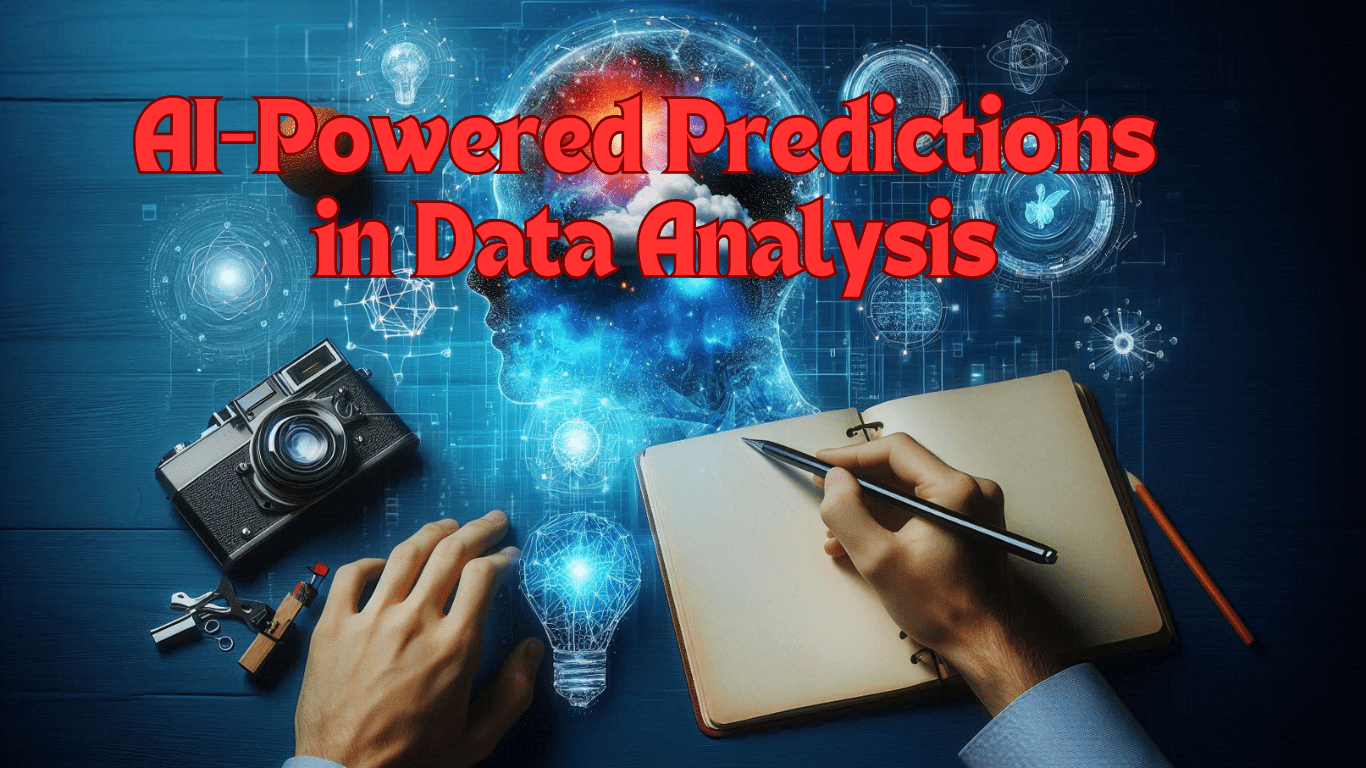Introduction
Artificial intelligence (AI) is at the heart of a digital revolution, transforming the way industries operate, make decisions, and deliver value. Nowhere is this transformation more profound than in healthcare and finance, where AI-powered smart systems are driving unprecedented improvements in efficiency, accuracy, and outcomes. As we move further into 2025, AI in healthcare and finance is not just a trend—it is a fundamental force reshaping patient care, clinical decision-making, financial forecasting, risk management, and customer experience.
In this comprehensive guide, we’ll explore how AI is revolutionizing healthcare and finance, highlighting real-world applications, the latest trends, and the challenges organizations must navigate. Whether you’re a healthcare provider, financial advisor, or business leader, understanding the impact of smart systems is essential for staying competitive in a rapidly evolving landscape.
Table of Contents
-
The Rise of Smart Systems: AI in Healthcare and Finance
-
AI in Healthcare: Transforming Patient Care and Operations
-
AI in Healthcare Finance: Optimizing Revenue and Cost Management
-
AI in Finance: Reshaping the Financial Services Industry
-
SEO Strategies for Healthcare and Finance in the Age of AI
-
Challenges and Ethical Considerations in AI Adoption
-
The Future of AI in Healthcare and Finance
-
Conclusion
1. The Rise of Smart Systems: AI in Healthcare and Finance
The integration of artificial intelligence into healthcare and finance has ushered in a new era of smart systems. These systems leverage machine learning, natural language processing, and automation to analyze massive datasets, identify patterns, and make real-time decisions that were previously unimaginable for human operators. As a result, organizations are experiencing dramatic improvements in operational efficiency, cost savings, and service quality.
2. AI in Healthcare: Transforming Patient Care and Operations
Clinical Decision Support
AI-powered clinical decision support systems help healthcare professionals diagnose diseases faster and more accurately. By analyzing patient data, medical histories, and the latest research, AI can recommend evidence-based treatment options, flag potential drug interactions, and even predict patient outcomes.
Medical Imaging and Diagnostics
AI algorithms excel at interpreting medical images such as X-rays, MRIs, and CT scans. These tools can detect anomalies—like tumors or fractures—with a level of precision that rivals or surpasses human radiologists, leading to earlier interventions and better patient outcomes.
Patient Data Management
Managing vast amounts of patient data is a major challenge for healthcare providers. AI systems can organize, categorize, and extract relevant information from electronic medical records (EMRs), even from unstructured data like doctor’s notes. This not only streamlines workflows but also enhances disease prediction and personalized care.
Personalized Medicine
By leveraging big data and AI, healthcare providers can tailor treatments to individual patients based on genetic information, lifestyle factors, and real-time health data. This approach leads to more effective therapies and improved patient satisfaction.
AI-Powered Wearables and Remote Monitoring
Smart wearables equipped with AI monitor vital signs, detect irregularities, and alert patients or providers to potential health issues. These devices enable proactive care, reduce hospital readmissions, and support chronic disease management.
3. AI in Healthcare Finance: Optimizing Revenue and Cost Management
Revenue Cycle Optimization
AI streamlines billing and insurance claims processing, reducing human error and speeding up reimbursements. Predictive analytics identify bottlenecks, flag coding errors, and prioritize collections, resulting in improved cash flow and reduced denied claims.
Cost Management and Resource Allocation
AI analyzes spending patterns and identifies opportunities for cost savings, such as optimizing staffing, purchasing, and resource allocation. This ensures that healthcare organizations operate efficiently while maintaining high standards of care.
Fraud Detection and Risk Management
Machine learning models monitor transactions for unusual patterns, detect fraudulent claims, and minimize financial risk. These systems can identify duplicate claims, uncharacteristic charges, and other anomalies that might escape human notice.
Financial Forecasting and Strategic Planning
Predictive models simulate various financial scenarios, helping healthcare leaders make informed decisions about budgeting, investments, and resource allocation. This proactive approach supports long-term sustainability and growth.
4. AI in Finance: Reshaping the Financial Services Industry
AI for Financial Advisors: SEO and Customer Acquisition
Financial advisors are leveraging AI-driven SEO strategies to attract and retain clients. High-ranking keywords such as “financial planning,” “investment advisor near me,” and “retirement planning services” help advisors boost their online visibility and reach their target audience. AI tools also analyze search trends, competitor content, and keyword difficulty to optimize content and drive organic traffic.
Algorithmic Trading and Investment Management
AI-powered trading algorithms analyze market data, news, and social media sentiment to execute trades at optimal times. These systems can adapt to changing market conditions, manage risk, and maximize returns for investors.
Risk Assessment and Credit Scoring
AI models evaluate creditworthiness by analyzing a wide range of data, from transaction histories to social media activity. This enables lenders to make more accurate lending decisions and offer personalized financial products.
Fraud Detection and Compliance
Financial institutions use AI to monitor transactions in real time, flag suspicious activity, and ensure compliance with regulatory requirements. These systems help prevent money laundering, identity theft, and other forms of financial crime.
Personalized Banking and Customer Experience
AI chatbots and virtual assistants provide 24/7 support, answer customer queries, and offer personalized financial advice. This enhances customer satisfaction and builds loyalty in a competitive market.
5. SEO Strategies for Healthcare and Finance in the Age of AI
Generative Engine Optimization (GEO)
With the rise of AI-powered search engines, optimizing content for generative responses is essential. GEO ensures that healthcare and finance content is structured, accurate, and context-rich, making it more likely to appear in AI-generated answers.
Predictive SEO for Proactive Outreach
AI analyzes search behavior and trends to anticipate what users will search for next. This allows healthcare and finance organizations to create timely, relevant content that meets user needs and drives engagement.
Conversational and Voice Search Optimization
As more users rely on voice assistants, optimizing for conversational, location-intent queries is crucial. AI tools help tailor content for voice search, improving accessibility and reach.
AI-Personalized Content Creation
AI can generate patient-centric or client-centric content tailored to individual needs, preferences, and literacy levels, all while maintaining compliance with privacy regulations like HIPAA or GDPR.
Compliance and Data Privacy
AI-driven content creation tools ensure that healthcare and finance content aligns with clinical guidelines, includes proper citations, and adheres to regulatory requirements.
6. Challenges and Ethical Considerations in AI Adoption
Data Privacy and Security
Protecting sensitive patient and financial data is paramount. Organizations must implement robust security measures and comply with regulations to prevent breaches and unauthorized access.
Bias and Fairness in AI Algorithms
AI systems can inadvertently perpetuate biases present in training data. It’s essential to audit algorithms regularly and implement safeguards to ensure equitable outcomes for all users.
Integration with Legacy Systems
Integrating AI with existing healthcare and financial systems can be complex. Organizations must invest in scalable, interoperable solutions that minimize disruption and maximize value.
Regulatory Compliance
The rapid pace of AI innovation often outstrips regulatory frameworks. Healthcare and finance organizations must stay abreast of evolving standards and work closely with regulators to ensure compliance.
7. The Future of AI in Healthcare and Finance
AI Trends to Watch
-
Expansion of AI-powered diagnostics and personalized medicine
-
Growth of AI-driven financial planning and investment tools
-
Increased adoption of conversational AI and virtual assistants
-
Enhanced focus on ethical AI and transparency
Building Trust and Transparency
Establishing ethical guidelines and regulatory frameworks is critical for building public trust in AI-driven healthcare and finance solutions. Collaboration between industry, government, and academia will be key to ensuring responsible AI deployment.
Scaling AI Across the Enterprise
Leading organizations are appointing chief AI officers and establishing AI centers to embed smart systems into their core operations, signaling a long-term commitment to AI-driven transformation.
8. Conclusion
AI-powered smart systems are revolutionizing healthcare and finance, offering transformative benefits in efficiency, accuracy, and personalized service. By embracing AI, organizations can optimize operations, improve outcomes, and stay ahead in a rapidly changing world. However, success requires a strategic approach—balancing innovation with ethical considerations, data privacy, and regulatory compliance.



1qxwdb